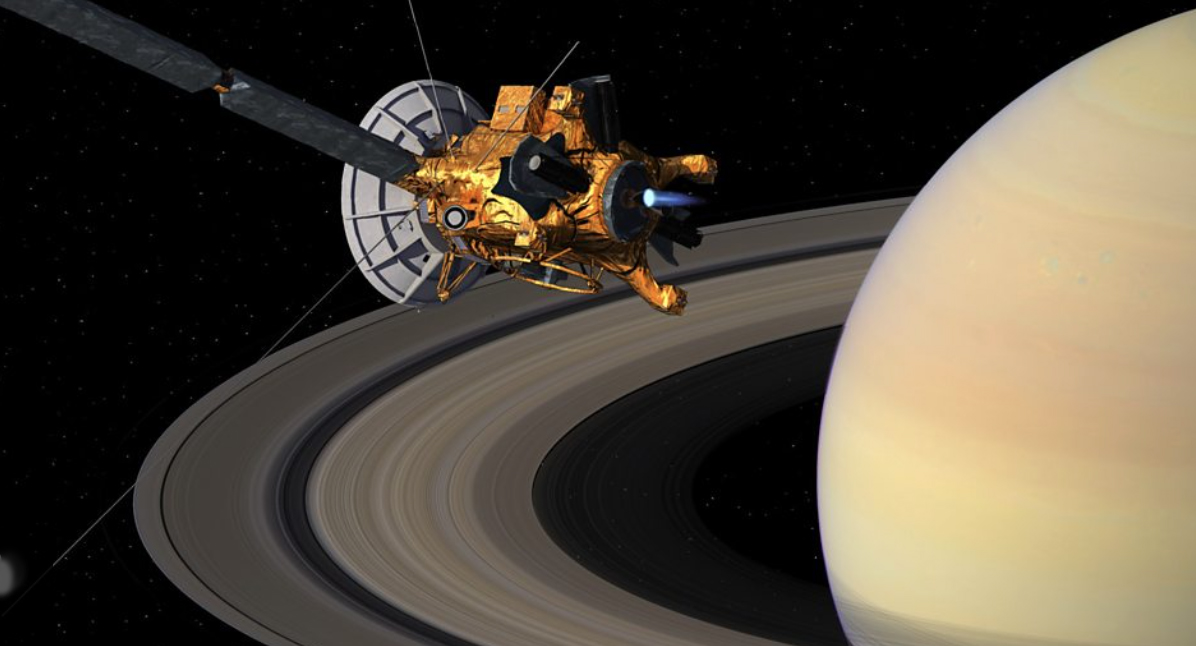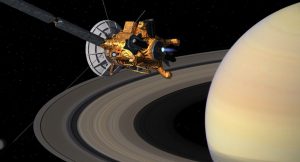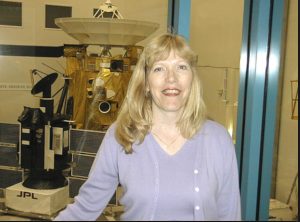
Peggy Saturn’s new moon


Scientists studying the Saturn’s rings are hoping to get a resolved picture of an embedded object they believe exists but cannot see.
The moonlet named Peggy is named after London researcher Carl Murray’s mother-in-law, was first identified on 15th April 2013, as a long, bright smudge at the end of Saturn’s A-ring.
The Cassini spacecraft’s mission at Saturn is coming to close and its dramatic end-of-life disposal. All the constant stream of pictures and vital data it has returned in the past 13 years will come to stop abruptly, when in September, the probe will be driven to destruction in the atmosphere of Saturn.
Professor Carl Murray and his team at Queen Mary University of London said “Peggy is such an interesting object, and for people who work on the mission and even with the publics- it captured their imagination. Peggy will be one of the last goal for Cassini.
Peggy is smaller than 5km across. At the American Geophysical Union conference, Dr. Linda Spilker, the NASA project planetary scientist on the Cassini mission, outlined the end-stage activities of the probe, culminating in its disposal on 15 September 2017.
“The mass of the rings is uncertain by 100 per cent, if they are more massive, maybe they are really as old as Saturn. If they are less massive, then they are really young, maybe only a mere 100million years old. Age is vital to this idea that rings or discs, are the medium in which objects form.” According to Dr. Linda Spilker.
But making moons takes time and if the largest of the Saturn’s satellites came out of this same process, it demands the present system to be very old” Linda explains.
